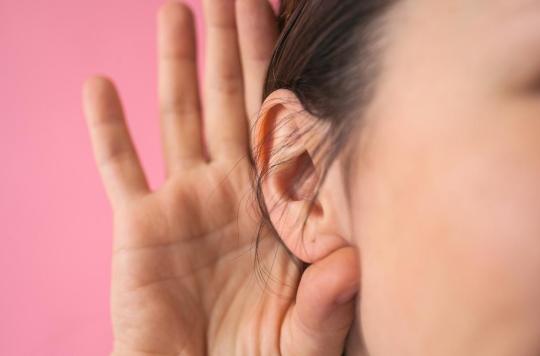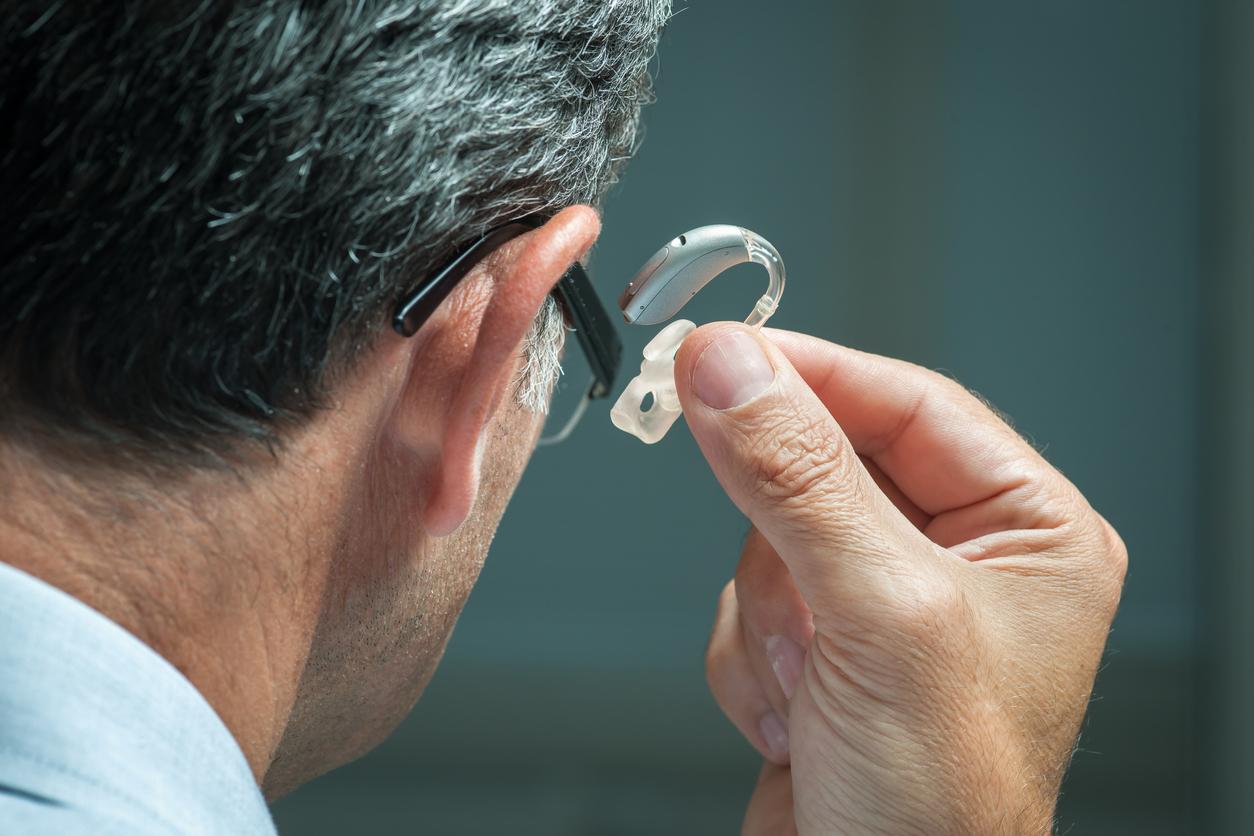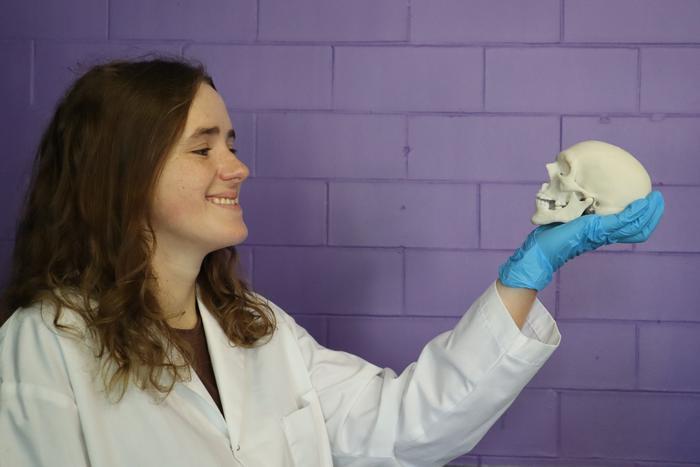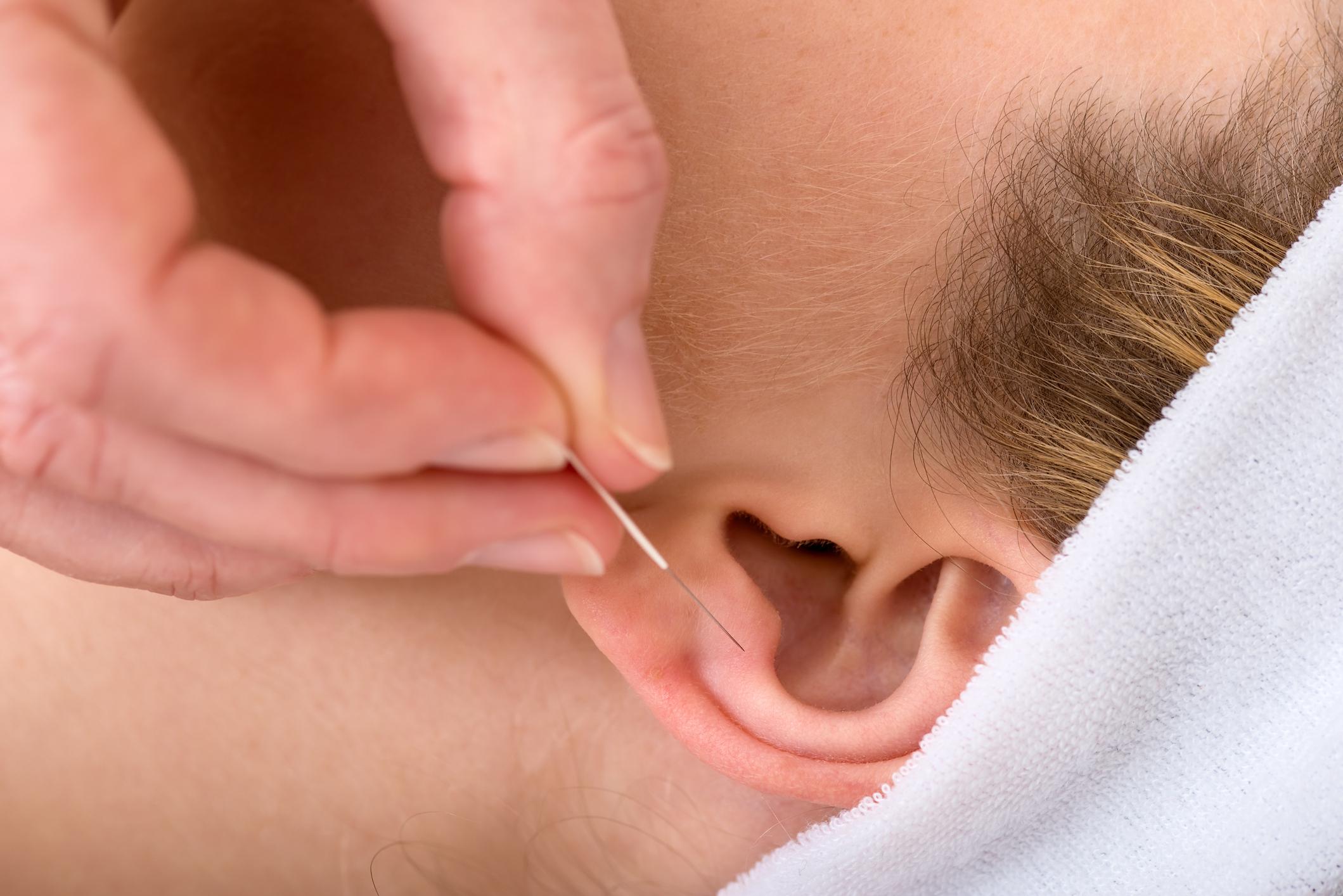A BBC radio presenter, Helena Merriman realized that she could no longer hear her baby crying. Worried, she decided to perform a series of hearing tests. The diagnosis is in: the journalist has otosclerosis, a disease of the ear bones.

- Otosclerosis, caused by genetic or hormonal factors, affects one in 1,000 people and particularly affects women.
- This ear bone disease is characterized by progressive hearing loss, tinnitus and rarely by dizziness.
- For the time being, no medicine can cure the pathology. On the other hand, surgical treatment or hearing aids can be offered to the patient.
“It’s four in the morning and something is wrong.” Helena Merriman, radio host of the BBCsaid, in an interview granted to the British mediathat she no longer heard her baby crying, a few months after giving birth. “My husband is no longer in the bed next to me. I see a flickering light on the baby monitor screen. There he is carrying Sam, our four month old baby. I’m confused, I can still hear Sam in first”, said the 40-year-old.
During the following weeks, the same scenario repeated itself. The journalist slept peacefully and did not hear her son crying at night. This deafness also presented itself during the day. “I found myself reading the lips of my friends to understand what they were saying”, she remembered. Worried, she consulted her doctor, who referred her to an audiology clinic. Sam’s mother performed a series of hearing tests. Six weeks after doing these exams, the clinic told her that she was suffering from a degenerative disease called “otosclerosis”.
A pathology that affects more women than men
Otosclerosis is a disease of the bones of the ear. According to the National Center for Information on Deafnessit more particularly affects women (two women for one man) and occurs between the ages of 20 and 40.
In the context of otosclerosis, bone renewal does not take place correctly and in certain places, the normal bone is replaced by poor quality bone, which produces otospongy or otosclerotic foci. “The foci are most often located at the level of the ossicles and in particular of the stirrup. They are responsible for a progressive blocking of the stirrup called ankylosis of the stirrup”, precise health insurance.
This pathology is manifested by a progressive loss of hearing, which can affect one or both ears, tinnitus and rarely by dizziness. These different symptoms can lead to increasingly disabling social discomfort.
What are the causes ?
“Otosclerosis is most likely a disease of genetic origin, although the gene responsible for the condition has not yet been identified with certainty. Patients very often have a family history of otosclerosis. The gene for the disease is passed down from generation to generation, but the clinical disease (i.e. deafness) does not occur in all individuals in this family.” developed Adolphe de Rothschild Foundation Hospital. This disease of the bones of the ear can appear or worsen during pregnancy, according to the National Center for Information on Deafness.
A battery of tests to diagnose otosclerosis
The various signs suggestive of the condition should lead the patient to consult his doctor. To establish the diagnosis, the practitioner performs a clinical examination and looks for a family history of otosclerosis. Secondly, he performs an otoscopy to check that there is no deformation or inflammation in the eardrums. The healthcare professional then performs audiometry to highlight conductive hearing loss and to assess the extent of the hearing loss. Another complementary examination: a scanner.
Surgical and non-medical treatment
“There is no curative medical treatment for otosclerosis”, specifies the Fondation Adolphe de Rothschild hospital. People with this condition require surgery to improve their hearing. Hearing aids, as an alternative to surgery, may also be offered to patients.
.

















